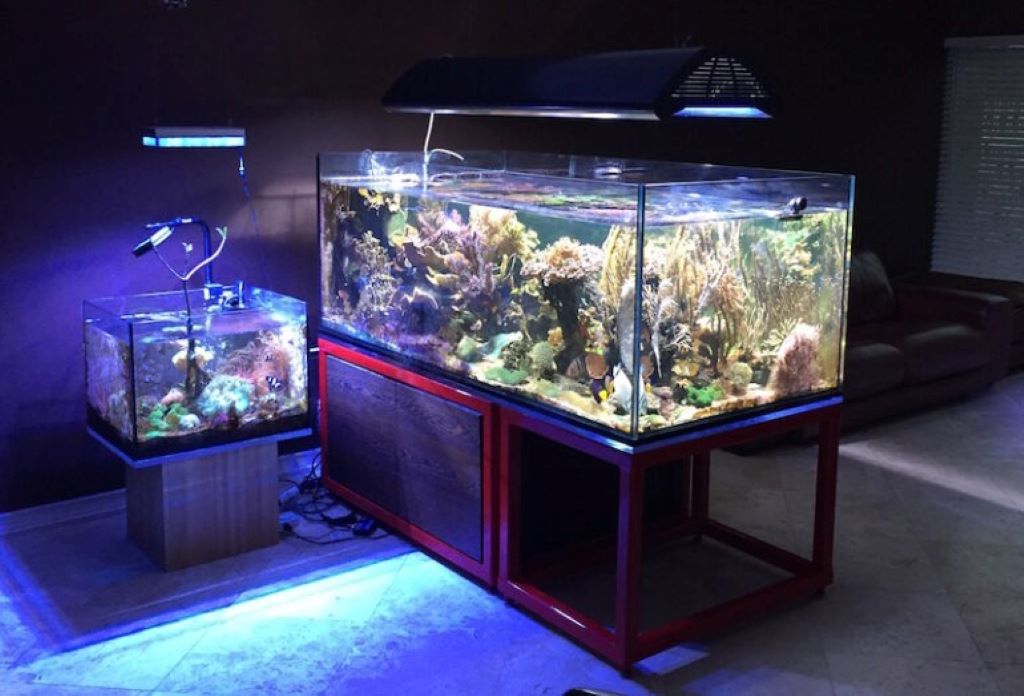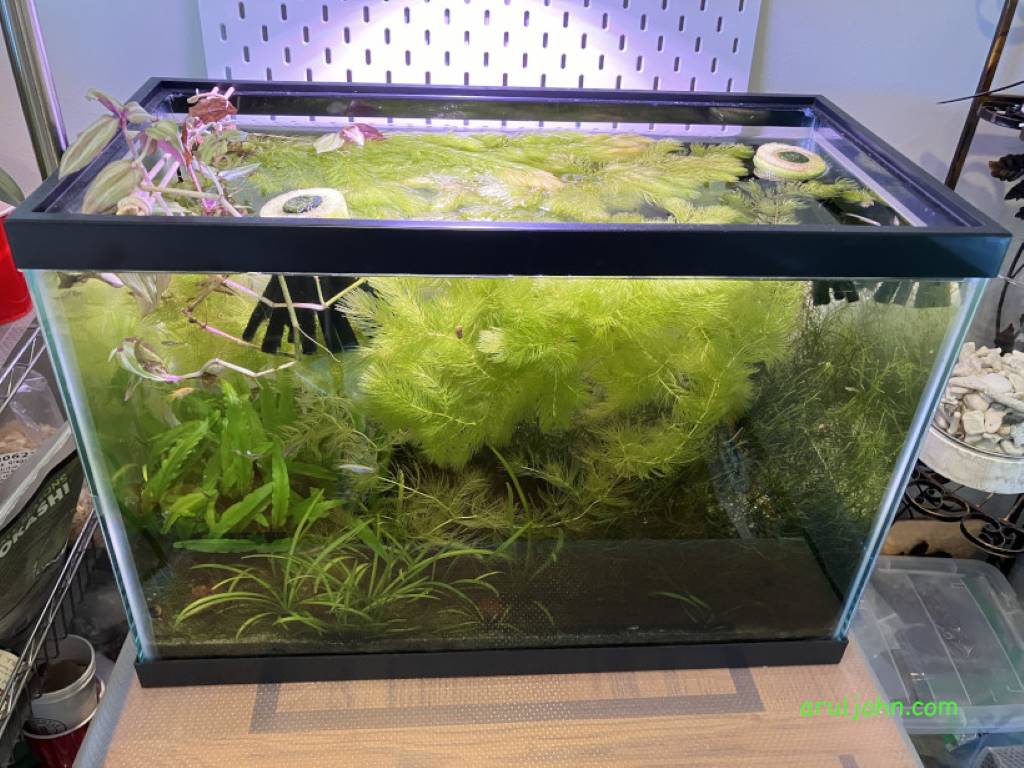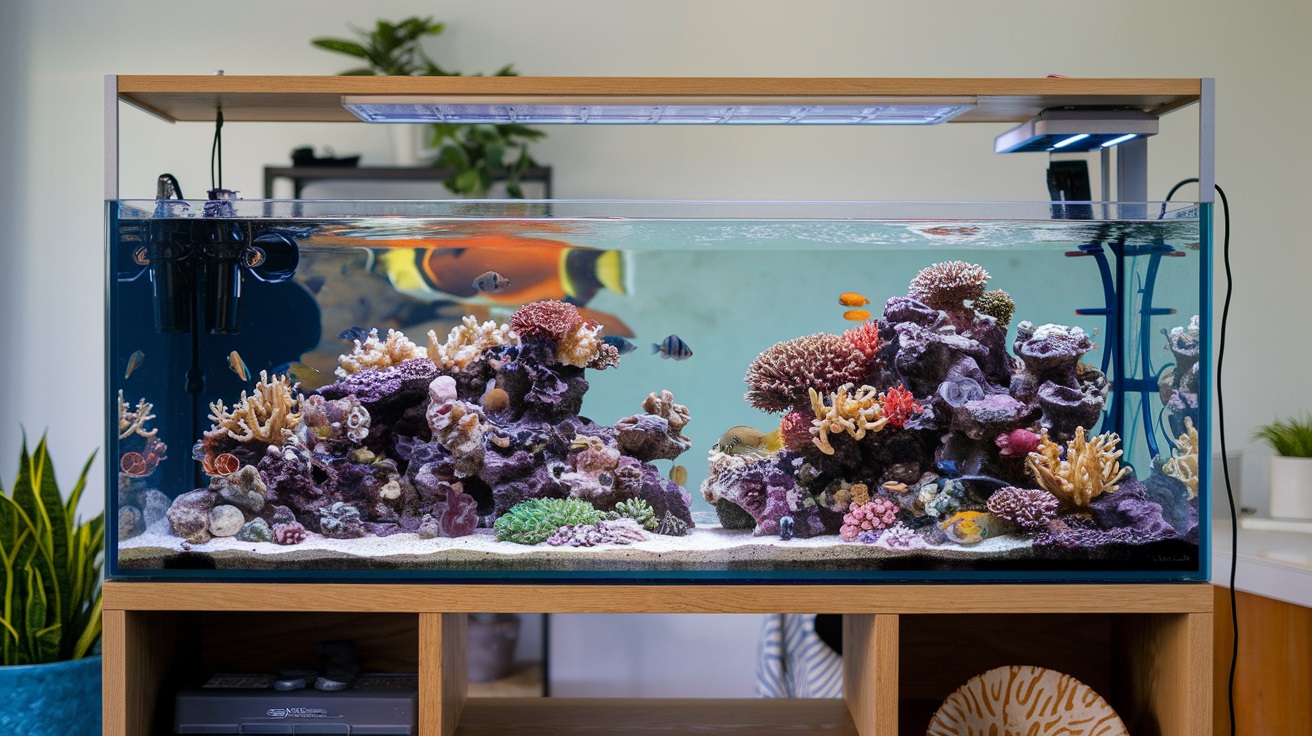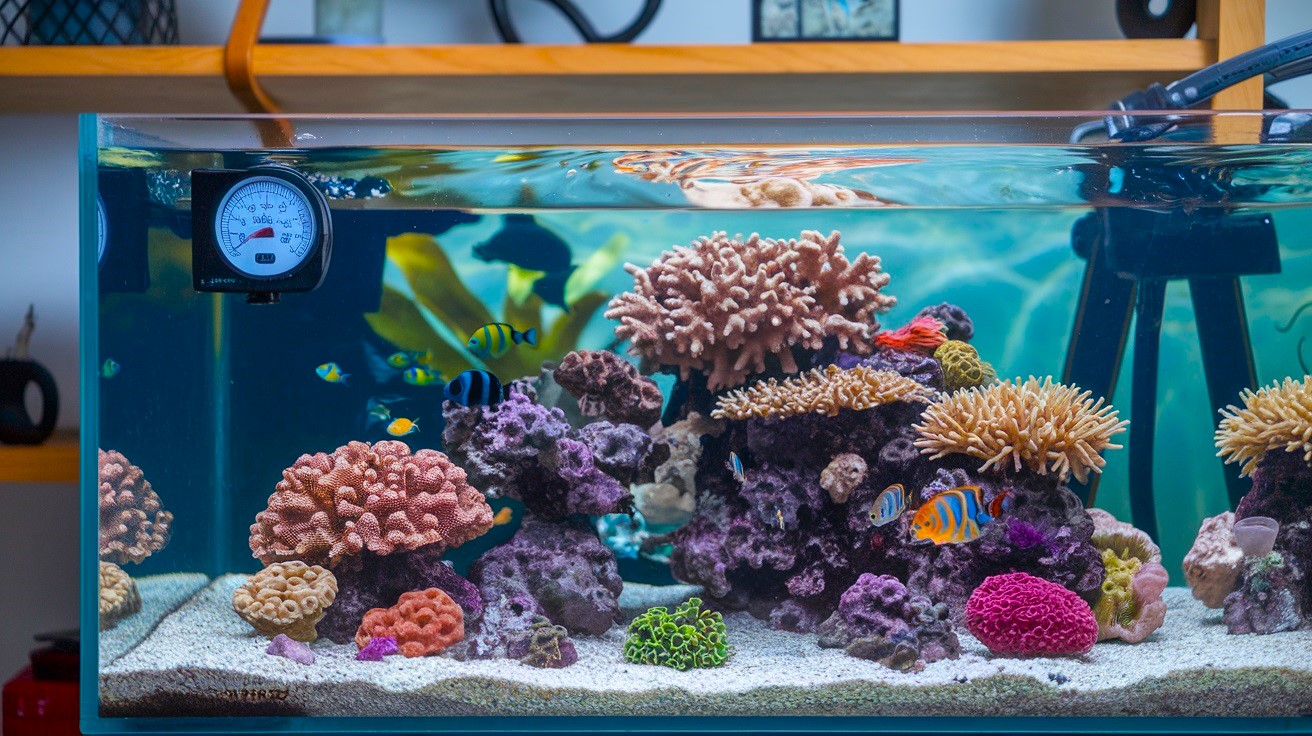An aquarium stand isn’t just a piece of furniture; it’s a crucial component of your aquatic ecosystem. While its primary function is to support the weight of your tank, it also plays a vital role in housing essential equipment like filters, heaters, and sumps. And when it comes to sumps, ventilation becomes paramount.
A sump, essentially a separate tank within your aquarium system, performs critical filtration and water circulation functions. It houses equipment that generates heat and moisture, creating a potentially problematic environment inside your stand. Without proper ventilation, this can lead to a host of issues, jeopardizing both your equipment and the health of your aquatic life.
This comprehensive guide delves into the importance of aquarium stand ventilation, particularly for sump systems. We’ll explore the risks of poor ventilation, discuss effective ventilation strategies, and answer frequently asked questions to help you create a thriving aquatic environment.
The Hidden Dangers of Poor Ventilation
Imagine your aquarium stand as a miniature ecosystem. Inside, your sump, along with other equipment, is constantly working. Heat is generated by pumps, lights, and heaters, while water evaporates from the sump, increasing humidity levels. Without adequate airflow, this creates a perfect breeding ground for:
- Mold and Mildew: Excess moisture trapped in an enclosed space encourages the growth of mold and mildew. These fungi can damage your stand, equipment, and even pose health risks to you and your household.
- Equipment Failure: High temperatures and humidity can shorten the lifespan of your equipment. Electrical components are particularly susceptible to moisture damage, leading to malfunctions and potential hazards.
- Warped Wood: Excessive moisture can cause wood to warp, swell, and eventually rot. This compromises the structural integrity of your stand, potentially leading to catastrophic failure and damage to your aquarium.
- Unpleasant Odors: Stagnant air and dampness contribute to musty odors, making your aquarium area less enjoyable.
Ventilation Essentials: Creating a Breathable Environment
Proper ventilation is the key to mitigating these risks and ensuring the longevity of your equipment and the health of your aquatic inhabitants. Here’s how to achieve optimal airflow in your aquarium stand:
-
Passive Ventilation:
- Open-Back Stands: Opt for stands with an open back design. This allows for natural air circulation, promoting the dissipation of heat and moisture.
- Strategic Cutouts: If your stand has a closed back, consider creating ventilation holes or cutouts. Use a jigsaw to create openings on the back and sides of the stand, ensuring they are strategically placed to maximize airflow.
- Elevated Stands: Raising your stand slightly off the floor using small blocks or feet can improve air circulation underneath.
-
Active Ventilation:
- Fans: Installing small fans inside your stand can significantly enhance airflow. Exhaust fans are particularly effective at drawing out warm, moist air. Consider using temperature-controlled fans that automatically activate when the temperature inside the stand rises.
- Ventilation Grilles: Incorporate ventilation grilles or vents into your stand to provide dedicated airflow pathways. These can be purchased at most hardware stores and easily installed.
-
Moisture Control:
- Dehumidifier: In particularly humid environments, a small dehumidifier placed inside or near the stand can help regulate moisture levels.
- Drip Trays: Place drip trays under any equipment prone to leaks or condensation to prevent water from accumulating inside the stand.
-
Regular Maintenance:
- Cleaning: Regularly clean the inside of your stand to remove dust, debris, and any signs of mold or mildew.
- Inspection: Periodically inspect your equipment and the stand itself for any signs of damage or wear.
Choosing the Right Stand: Ventilation Considerations
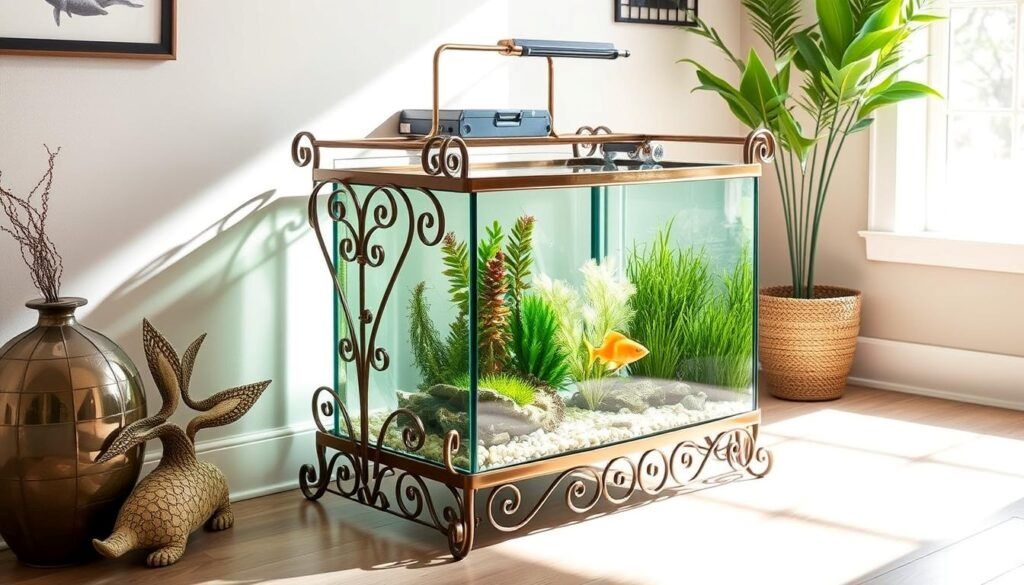
When selecting an aquarium stand, prioritize ventilation features. Consider the following factors:
- Stand Material: Opt for moisture-resistant materials like marine-grade plywood or metal. Avoid particle board, which is susceptible to moisture damage.
- Stand Design: Look for stands with open backs, built-in ventilation grilles, or ample space for adding your own ventilation solutions.
- Stand Size: Choose a stand that provides adequate space for your sump and other equipment, allowing for proper air circulation.
Popular FAQs about Aquarium Stand Ventilation
-
Is ventilation necessary for all aquarium stands?
While ventilation is beneficial for all aquarium stands, it’s particularly crucial for those housing sumps. Sumps generate more heat and moisture than other aquarium equipment, making proper airflow essential.
-
How many ventilation holes do I need in my aquarium stand?
The number of ventilation holes depends on the size of your stand, the amount of equipment inside, and the ambient humidity levels. Start with a few strategically placed holes and monitor the temperature and humidity inside the stand. Add more holes if needed.
-
Can I use a regular household fan for aquarium stand ventilation?
Yes, you can use a regular household fan, but ensure it’s rated for use in damp environments. Look for fans specifically designed for bathrooms or kitchens.
-
How often should I clean my aquarium stand?
Aim to clean your aquarium stand at least once a month. Remove any dust, debris, and check for signs of mold or mildew.
-
What are the signs of inadequate ventilation in my aquarium stand?
Signs of poor ventilation include condensation on the inside of the stand, musty odors, and visible mold or mildew growth. You may also notice your equipment overheating or malfunctioning more frequently.
-
Can I use a closed-back stand for my sump system?
While it’s not ideal, you can use a closed-back stand if you incorporate adequate ventilation measures. Install fans, create ventilation holes, and monitor the environment inside the stand closely.
-
Where should I place ventilation holes in my aquarium stand?
Place ventilation holes on the back and sides of the stand, near the top and bottom. This promotes air circulation and helps to draw out warm, moist air.
-
Can I use a dehumidifier inside my aquarium stand?
Yes, a small dehumidifier can be beneficial in regulating humidity levels inside the stand, especially in humid climates.
-
What type of wood is best for an aquarium stand?
Marine-grade plywood is an excellent choice for aquarium stands due to its moisture resistance and durability.
-
How can I prevent condensation inside my aquarium stand?
Ensure adequate ventilation, use drip trays under equipment, and consider a dehumidifier if necessary.
Creating a Thriving Aquatic Habitat
Proper aquarium stand ventilation is an often overlooked but essential aspect of maintaining a healthy aquatic environment. By understanding the risks of poor ventilation and implementing effective ventilation strategies, you can ensure the longevity of your equipment, prevent damage to your stand, and create a thriving habitat for your aquatic life.
Remember, your aquarium stand is more than just a support structure; it’s a vital component of your aquatic ecosystem. Invest the time and effort to create a well-ventilated environment, and your aquatic companions will reward you with their vibrant health and beauty.
Read more:
Perfect Height for Your Reef Tank Stand

